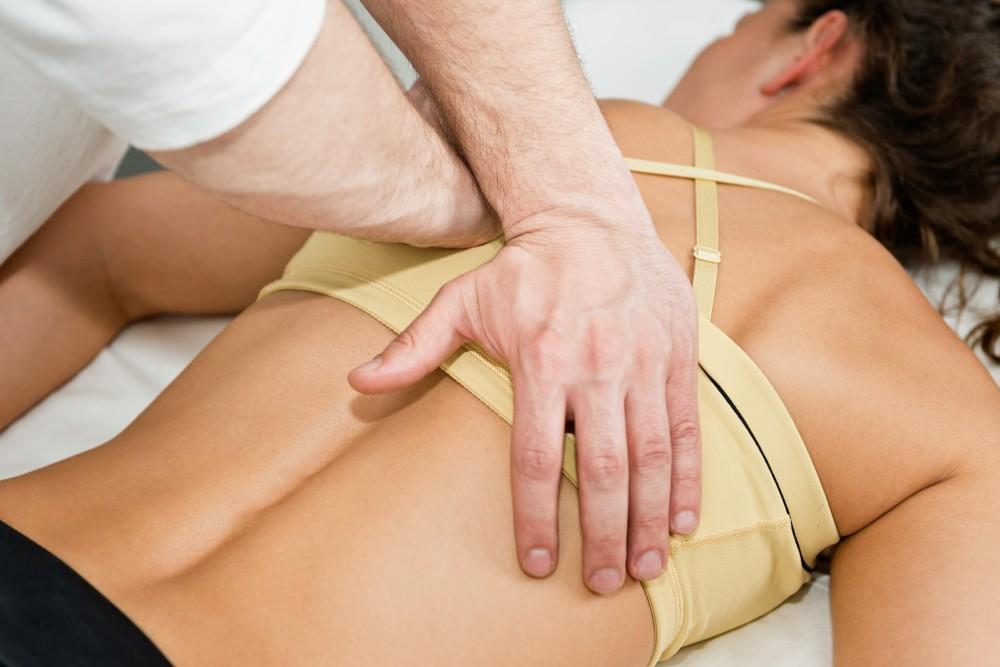
Is a Pain Pump Right for You?

Chronic pain, by definition, is pain that continues for at least three months — and often for much longer — and significantly alters your quality of life.
If your mobility is so limited by pain that you can’t perform daily living skills, like ascending stairs, cooking, or walking your dog, it’s no surprise that you may also suffer from anxiety, depression, and disrupted sleep.
This is a recipe for a vicious cycle: You experience chronic pain, and the side effects exacerbate the chronic pain.
And what if conservative treatments, such as rest, medication, physical therapy, and corticosteroid injections, don’t successfully treat your chronic pain?
The compassionate and experienced provider team at Advanced Spine and Pain has vast experience treating patients with chronic pain issues using a variety of approaches. When conservative methods fail, we have a revolutionary treatment that has worked wonders for many: the pain pump.
Chronic pain is many things
Chronic pain can be frustrating for the 25% of Americans who suffer from it. Symptoms can differ wildly:
- Aching
- Burning pain
- Shooting pain
- Stiffness
- Throbbing
And even though chronic pain symptoms may vary from person to person, unrelenting pain of any sort can be enough to bring you to the point of hopelessness.
The pain pump: A revolutionary solution for chronic pain
The most encouraging thing about a pain pump is possibly the small device’s ability to target pain. It’s designed to direct pain medication straight into your cerebrospinal fluid — which contains an abundance of pain receptors — via a catheter.
Before we implant the pain pump permanently, we set you up with a temporary situation, so you can live with your pain pump experimentally at first, and it works for you.
Before the trial, you undergo a process of cutting your pain medication dosage by 50%. For the trial, we use a small needle and live X-ray guidance to place the pump. This procedure takes only about 30 minutes.
You return home, control your own medication release with a remote device, and note whether your pain is promptly and steadily relieved by the pump.
If the pain pump decreases your pain by at least 50%, we proceed with the procedure and implant your pain pump permanently in a quick outpatient procedure.
Our patients report near-instant relief after their pain pump is placed, something many don’t often experience. Living with the benefits of a pain pump may be the game-changer you’ve been seeking.
How do I know if I’m a pain pump candidate?
We recommend a pain pump in very specific circumstances, including:
- Nervous system conditions, such as multiple sclerosis
- Degenerative conditions like osteoarthritis
- Cancer pain
- Nerve injuries, which can result from pressure, cutting, or stretching
- Certain autoimmune conditions
- Pain stemming from a traumatic injury
- Pain following unsuccessful back surgery
Another important advantage of pain pump treatment is that it reduces concern around needing to take quantities of pain medications that can pose risks.
Advanced Spine and Pain is proud to be the only practice in Virginia and Maryland that offers pain pump treatment. This is because providers must receive highly specialized training in placing pain pumps and monitoring patients who have them.
We’re pleased to offer pain pump treatment, along with a host of other services to the community members of Stafford and Fairfax counties in Virginia, as well as those in the Greater Baltimore area. Call the Advanced Spine and Pain office closest to you to schedule an appointment or request one online.
You Might Also Enjoy...


Understanding the Difference Between Cervical and Lumbar Stenosis

What to Expect After Radiofrequency Ablation for Neck Pain

When to Consider Injections for Your Sciatic Pain

What Happens When You Throw Your Back Out?

